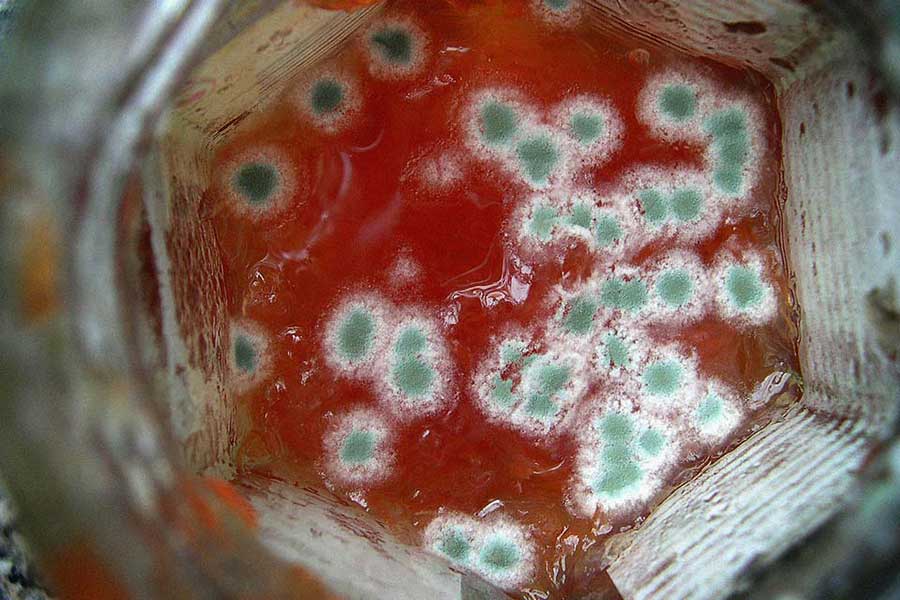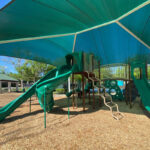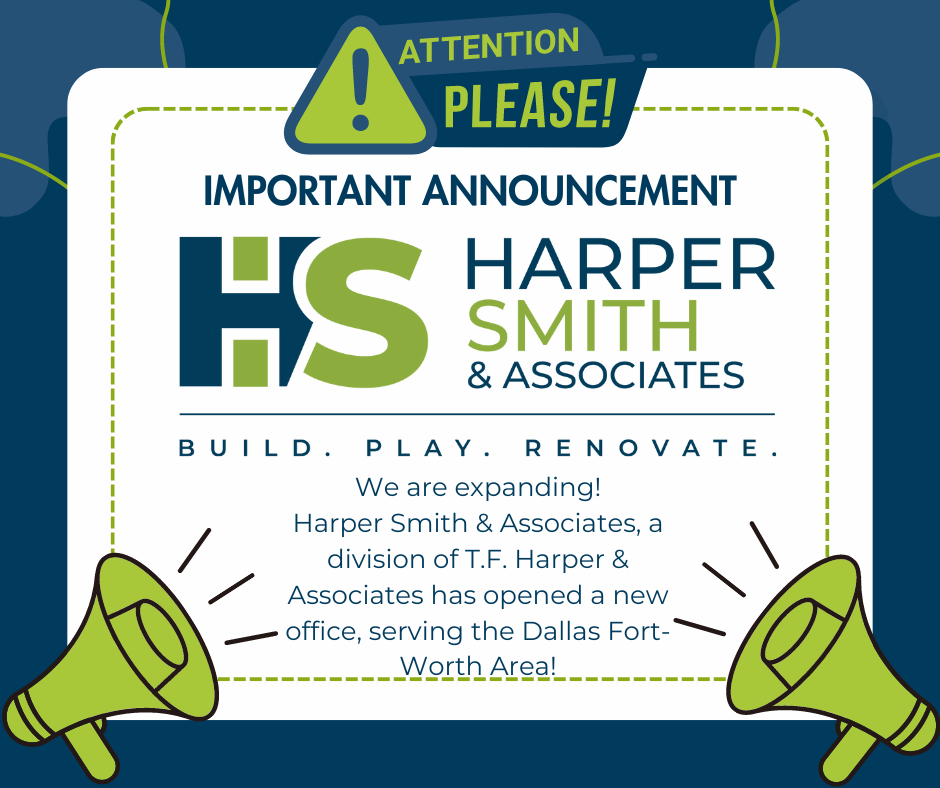If you live in regions that are prone to be humid or even sub-tropical in nature, then you’re familiar with the dangers of finding a mold infestation in your home or on your property. While it’s definitely not a pretty sight, or a healthy one either, the good news is that mold can be eliminated if done about in an aggressive enough manner.
Identifying Mold
Actually, identifying whether you have mold is not that difficult. You can tell for sure many times by where mold is found, the color it has and by the smell it emits. By whatever means you use to identify it, it’s detrimental to the health of your family–and even your household pets.
That being said, you must get rid of it as soon as possible, either by yourself or by certified professionals, before it literally takes over your home or business and makes dangerous advances on your health.
Typically black and slimy in appearance, this varies according to the kind of mold it is. Moreover, if you smell a foul, musty smell, then the chances are that you have mold.
Three Kinds Of Mold
Basically speaking, mold is fungus that grows and then extends itself on a damp or wet surface that is not properly kept dry. Being classified as three different types of mold, allergenic, toxigenic, or pathogenic, it comes in different colors and produces different end results.
Black Mold or Toxic Mold:
This variety produces mycotoxins that trigger or exacerbate health issues. Black mold particularly grows on exposed food or expired food products. This being said, some toxic molds have even been known to cause some forms of cancer and require special precautionary measures on removal.
Green Mold:
While this form of mold is not poisonous, it is allergen and can trigger sneezing spells, coughing attacks and itchy, runny eyes.
Orange or Yellow Mold:
This kind stays indoors and is considered as nontoxic. It is generally found on decaying organic matter such as wood, and it is advisable to remove it as quickly as you can.
Where Mold “Hangs” Out
Basically, anywhere that there’s standing water or extreme humidity, you can almost be assured that there’s mold somewhere nearby. Mold grows on floors, on carpets, on the ceiling from a leak somewhere in the house, in basements, attics and kitchen or bathroom areas that having plumbing fixtures or even in your air conditioning or heating ducts.
Health Issues That Mold May Cause
Some of the illnesses that mold triggers or even makes worse include asthma, respiratory infections, pneumonia, headaches, sore throats, auto-immune diseases, chronic fatigue and even depression on various levels.
How To Best Get Rid Of Mold
Without a professional water damage restoration expert, chances are you won’t be able to do this project by yourself. That being said, if you’ve caught mold early enough, just a bucket of water and household detergent may do the trick in cleaning most surfaces in a DIY effort.
Wearing safe, good quality, rubber gloves and a mask is all you’ll really need. But prepare to scrub and clean several times as mold is a stubborn breed and resists vacating your premises that quickly or easily.
A quick call to a professional mold remover, or a construction company, may be the better route for you to take personally. Sometimes, mold hides underneath rotten wood and baseboards so a professional approach instead of DIY may be best overall.








